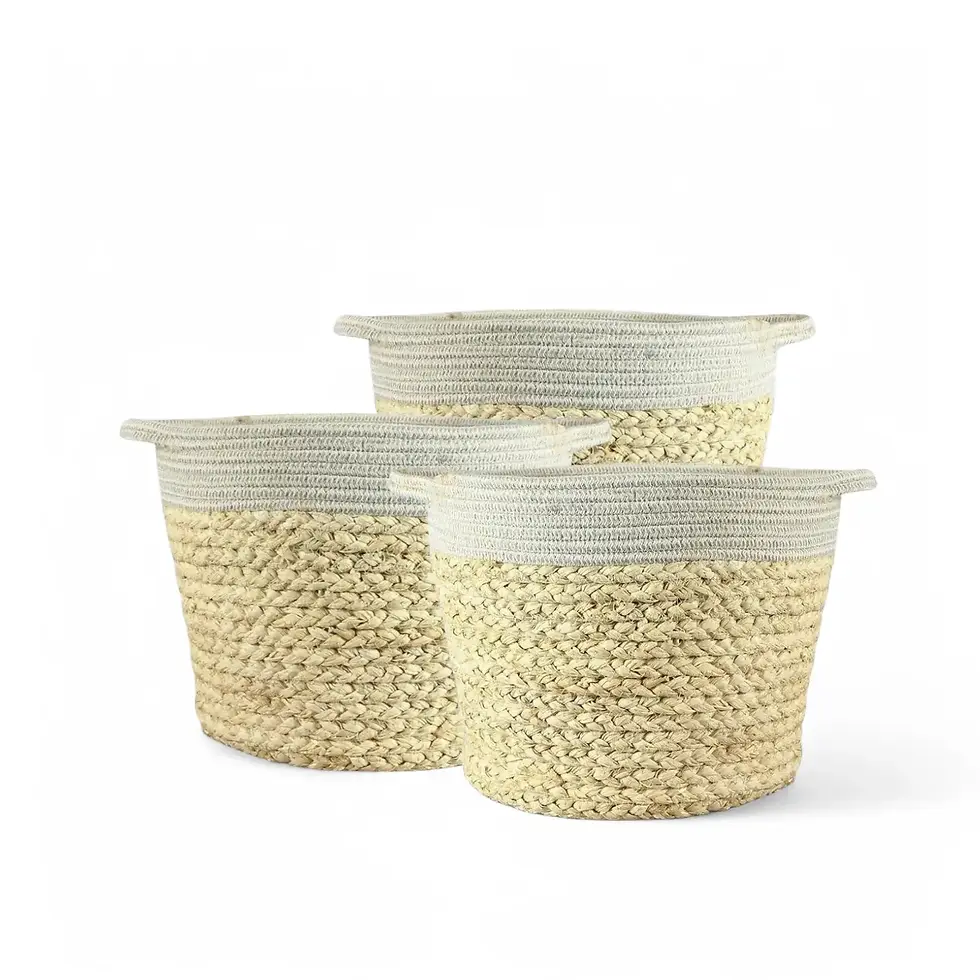Cercestis mirabilis - Care Guide and Information
Cercestis mirabilis, also known as the African Embossed Plant, is an exotic aroid that captivates with its unique, textured foliage and climbing nature. Native to the tropical rainforests of West and Central Africa, this rare plant can reach up to 10 meters in its natural environment. Indoors, it remains compact, making it a perfect houseplant. Its striking juvenile leaves feature intricate white variegation, resembling a fern-like appearance that changes as it matures.
Unique Features of Cercestis mirabilis
Its allure lies in its distinctive foliage. Juvenile leaves are heart-shaped with delicate white variegation, which fades as the plant matures. Mature leaves turn greener and may develop perforations along the midrib. The grooved petioles and textured leaf surface enhance its unique aesthetic. Indoors, it typically grows 1-2 meters when properly supported, making it an excellent choice for plant enthusiasts who want a rare climbing aroid.
Cercestis mirabilis Care Tips
- Light Requirements:
- Thrives in bright, indirect light (8-12 hours daily) to maintain vibrant juvenile variegation.
- Avoid direct sunlight to prevent leaf scorch. A north or east-facing window is ideal.
- Soil and Potting Mix:
- Use a well-draining mix with peat, perlite, and orchid bark for optimal aeration.
- Can adapt to semi-hydroponic setups like LECA or self-watering containers.
- Watering Routine:
- Water when the top 75% of the soil is dry. Avoid overwatering to prevent root rot.
- Let the soil dry slightly between waterings to prevent soggy conditions.
- Humidity Needs:
- Prefers 60%+ humidity but tolerates typical indoor levels.
- Use a humidifier or pebble tray if humidity is low.
- Fertilization:
- Feed monthly during the growing season with a diluted balanced liquid fertilizer.
- Flush soil occasionally to prevent salt buildup.
- Temperature:
- Prefers 18-25°C. Avoid drafts and sudden temperature changes.
Common Problems and Solutions for Cercestis mirabilis
- Browning Leaf Edges: Often due to low humidity or underwatering. Increase humidity and follow a consistent watering schedule.
- Yellowing Leaves: Usually caused by overwatering or poor drainage. Adjust watering and ensure proper drainage.
- Leaf Variegation Fading: Insufficient light reduces variegation. Move to a brighter spot with indirect light.
- Pests: Susceptible to spider mites, mealybugs, and aphids. Inspect regularly and treat with insecticidal soap , neem oil, or use beneficial insects.
Additional Care Tips for Growing Cercestis mirabilis
- Support and Climbing: Provide a moss pole or trellis to support its climbing habit.
- Pruning: Trim yellow or damaged leaves to promote healthy growth and maintain shape.
- Propagation: Propagate via stem cuttings with at least one node, placed in water or soil. Rooting may take several weeks.
Understanding its natural habitat can improve your care routine. By replicating its native conditions, you can ensure it thrives as a striking centerpiece in your indoor garden.
Etymology of Cercestis mirabilis
The genus name Cercestis comes from the Greek ‘kepkis,’ meaning “weaver’s shuttle,” likely referring to the intricate leaf patterns resembling woven fabric. The species name ‘mirabilis’ means “wonderful” or “remarkable,” highlighting its captivating foliage.
Frequently Asked Questions about Cercestis mirabilis
- How can I propagate Cercestis mirabilis? Use stem cuttings with at least one node, placed in water or soil. Rooting takes several weeks.
- Why are my Cercestis mirabilis leaves turning brown? Likely due to low humidity or inconsistent watering. Increase humidity and maintain a consistent watering routine.
- Can Cercestis mirabilis be grown in low light? It can survive but won’t thrive. Low light may reduce juvenile variegation. Bright, indirect light is best.
Cercestis mirabilis
Cercestis mirabilis comes in following sizes:
S – comes in a ⌀ 10.5 cm pot and is approximately 15 cm tall
L – comes in a ⌀ 17 cm pot and is approximately 50 cm tall

























































